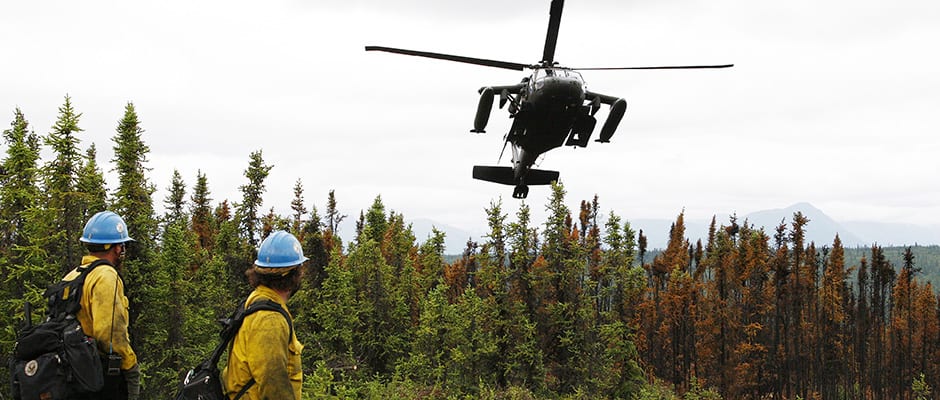Share this article
Resilient Federal Forests Act Passes House; Heads to Senate
The Resilient Federal Forests Act of 2015, authored by Representative Bruce Westerman (R-AR), passed through the House on July 9th. The goal of the bill, proponents say, is to improve forest health and resilience to wildfires by expediting logging sales on national forestland and limiting environmental lawsuits that slow restoration projects.
Research has shown that disturbance activities, whether naturally occurring or man-made, have a positive effect on the biodiversity of the forest. However they are also shown to have a negative impact on the ecosystem services provided by the forest.
Vice-chairman of the House Committee of Natural Resources Cynthia Lummis (R-Wyo.) gave strong praise to the bill, “No one wants catastrophic wildfires to devastate our forests but the U.S. Forest Service has been tied in knots for decades, choking off active forest management that would stop wildfires before they start. This bill unties these knots to restore basic management stewardship that will prevent fire by promoting healthier, more resilient forests while encouraging local participation for common-sense management practices.”
Key provisions in the bill allow the Forest Service and Bureau of Land Management to conduct shorter National Environmental Policy Act (NEPA) reviews for logging projects designed to reduce the risk of wildfire, increase the resiliency of the forest to insects and disease, protect water supplies, or to enhance the habitat of at-risk species. Additionally it would limit the scope of NEPA reviews for projects approved through collaborative processes, such as a resource advisory committee, or if the project is covered by a community wildlife protection plan.
The White House Office of Management and Budget released a statement strongly opposing many provisions in the bill. One major concern is that the reduced NEPA requirements “will undermine collaborative, landscape-scale forest restoration by undermining public trust in forest management projects and by limiting public participation in decision making.”
Critics of the bill also point to a provision that requires any group that challenges a collaboratively planned forest project in court to post a bond that covers the government’s anticipated legal costs. If the suing party loses on any point in the case they would not recover the bond. Supporters of the legislation believe this provision is critical to advance ongoing efforts to restore national forests by helping restrict the number of lawsuits.
Forest Service Chief Tom Tidwell is not convinced that the new bond policy would actually reduce litigation. When asked about a similar provision in S. 1691, Tidwell responded “Those with financial means will continue to [sue]. I’m concerned it will spark more. I’m concerned it will spark more opposition. I’m concerned they’ll be able to use it to generate even more litigation.”
The bill is currently being considered by the Senate Agriculture, Nutrition, and Forestry committee.
Sources:
- Thom, D. and R. Seidl. 2015. Natural disturbance impacts on ecosystem services and biodiversity in temperate and boreal forests. Biological Reviews.
- E&E News
Header Image: Image Credit: U.S. Department of Defense








